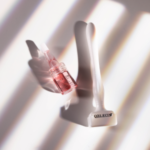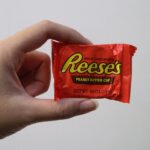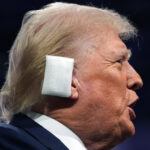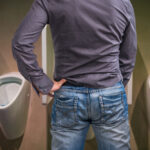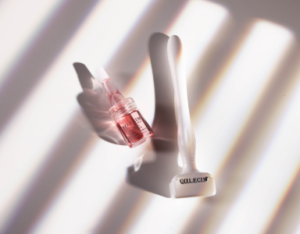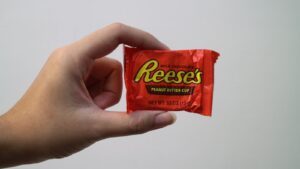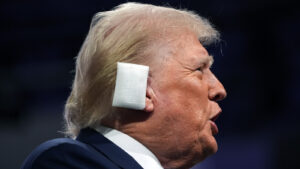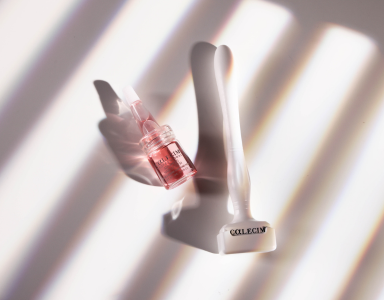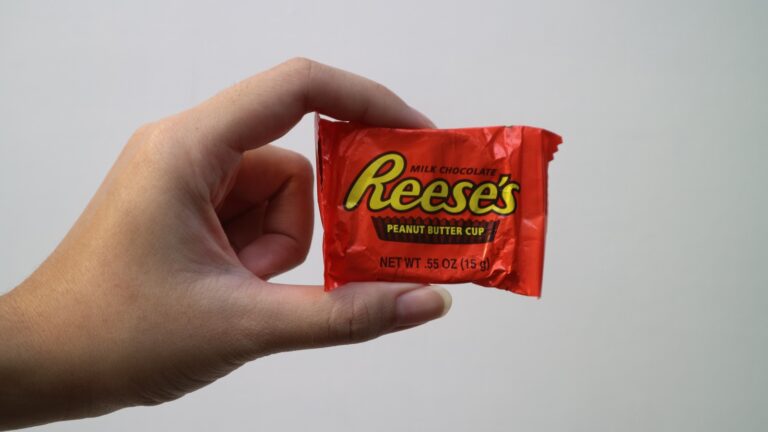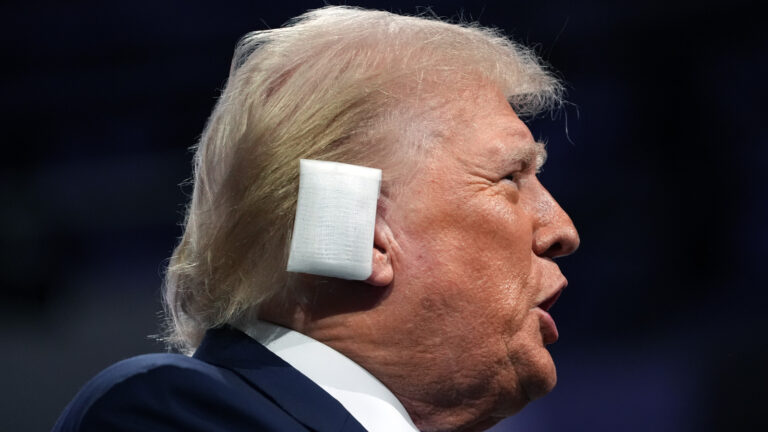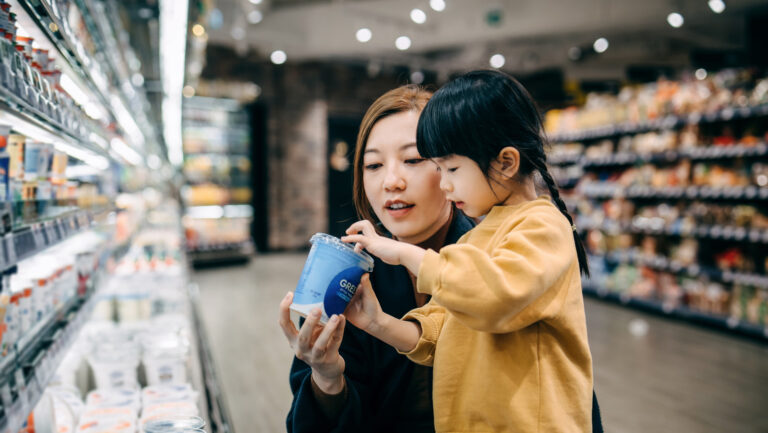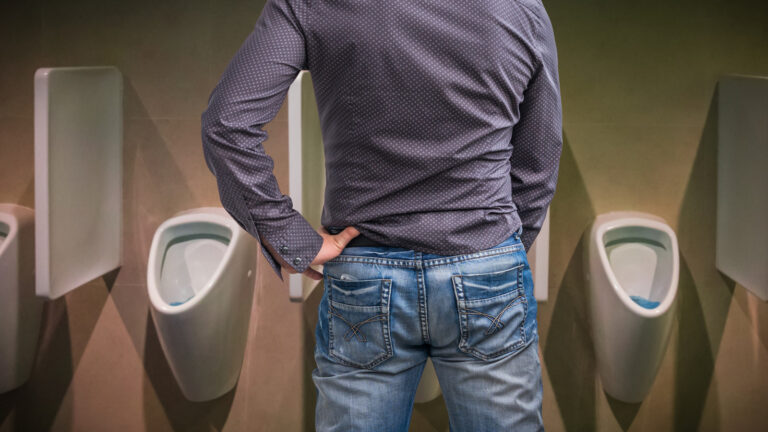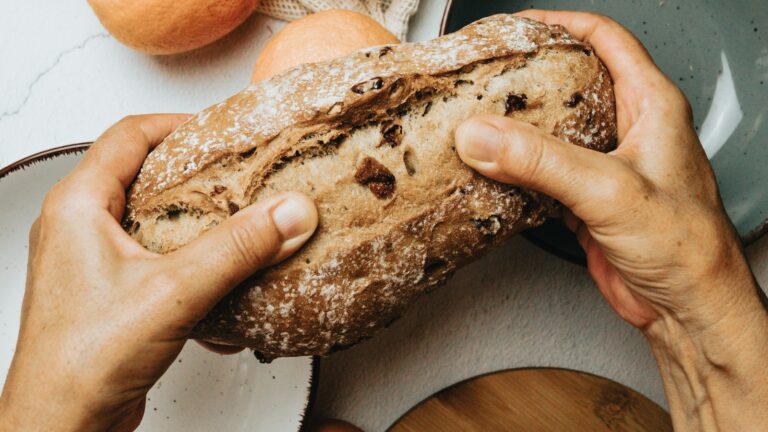
According to registered performance nutritionist and author of “The Gut Health Diet Plan: Recipes to Restore Digestive Health and Boost Wellbeing,” Christine Bailey (via Express), apples go through a process of cleansing after they are harvested to remove dirt and debris, which also rids them of their natural protective layer of wax.
“So the apple packers typically re-apply a commercial grade wax, and one pound of that wax can cover as many as 160,000 pieces of fruit — so in other words, two drops of it on each apple. This is very little when one considers all the other additives we consume on a daily basis,” shared the expert. The waxy substance that’s applied is very thin — about 3 milligrams thick. More importantly, no, it won’t cause cancer.
And what is this wax made of? The substances can vary but what you’d typically find include substances like carnauba wax derived from leaves of the Brazilian palm, shellac from the Indian lac bug, synthetic esters made using sucrose and fatty acids, and beeswax, to name a few. “These are natural waxes and approved for use so are considered safe to eat,” added Bailey. The U.S. Food and Drug Administration (FDA) has a safe coating policy guide. Carnauba, candelilla, and beeswax are permitted for use on the UN’s list of additives. Honk Kong’s Center for Food Safety has noted that natural waxes that come from insects and plants are generally safe for consumption. So all those TikTokers claiming that too-good-to-be-true shiny store apples aren’t safe foods to eat may need to do more research.
